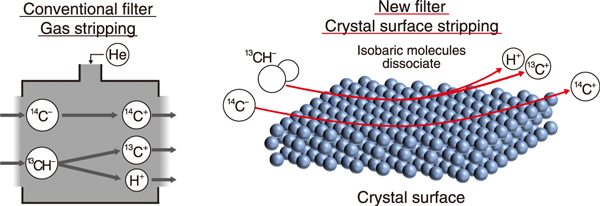
Fig.1 Size comparison of the accelerator mass spectrometers (AMSs) in the Tono Geoscience Center

Fig.2 Filter using a crystal surface
Globally, the move towards decarbonization is accelerating. In Japan, the symbol for decarbonization is the fee for plastic bags. In Europe, a carbon tax on imported and exported goods is scheduled to be introduced within a few years, and it will require certification of the percentage use of biomass materials in biofuels and plastics (i.e., bio-based rate). The bio-based rate can be identified using the accelerator mass spectrometer (AMS), which is used in archaeology and geology. Carbon-14 (14C), a radioactive isotope of carbon, exists in a ratio of one-trillionth in the atmosphere and in a similar ratio in living flora and fauna. In contrast, fossil fuels contain no 14C. Thus, measuring the 14C ratio allows us to determine the bio-based rate. The AMS is the only bio-based rate measurement method defined by the International Organization for Standardization (ISO); however, only 15 such devices are available in Japan, making it difficult for researchers from outside the organization where these devices are available. This is because many AMSs are more than 10 m wide and require designated radiation control area (Fig.1). We believe that if we can make the device smaller and more affordable, it will be widely used in the general industry and will contribute to rapid certification. In addition, in the medical field, it can enable the analysis of drug kinetics in the body using drugs labeled with 14C and can make on-site analysis possible in the fields of archaeology and geology.
The AMS is equipped with an accelerator that functions as a filter to separate molecules. In the AMS, molecules with the same mass number as 14C (hydrides of 13C and 12C, i.e., 13CH and 12CH2) are accelerated and then dissociated on collision with stripper gas, allowing only 14C to pass through. Since the 2000s, the need for developing a compact AMS that does not require a radiation control area has been recognized. However, the use of the traditional collision filters (which employ the gas- stripping) faced limitations because it involves considerable scattering.
Hence, we conceptualized a novel filter based on the interaction between electrons and atoms on a crystal surface (termed crystal surface stripping) and obtained an international patent (Fig.2). Using this idea and without sacrificing analytical capability, we can reduce the size of device to 1/50th (2 m × 2 m) of the original device and the accelerating voltage to 1/100th (40,000 V) of the original device. Currently, we are working towards proving the principle by exploring the optimal measuring conditions and constructing models of surface-scattering processes.
(Satoshi Jinno)